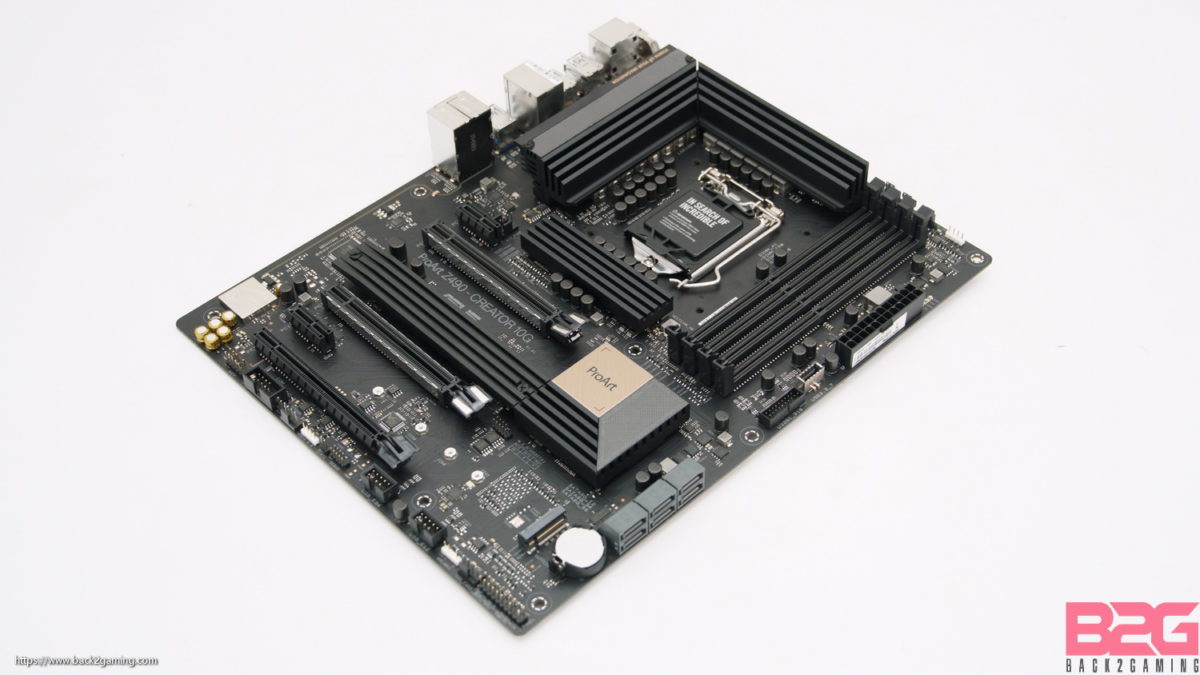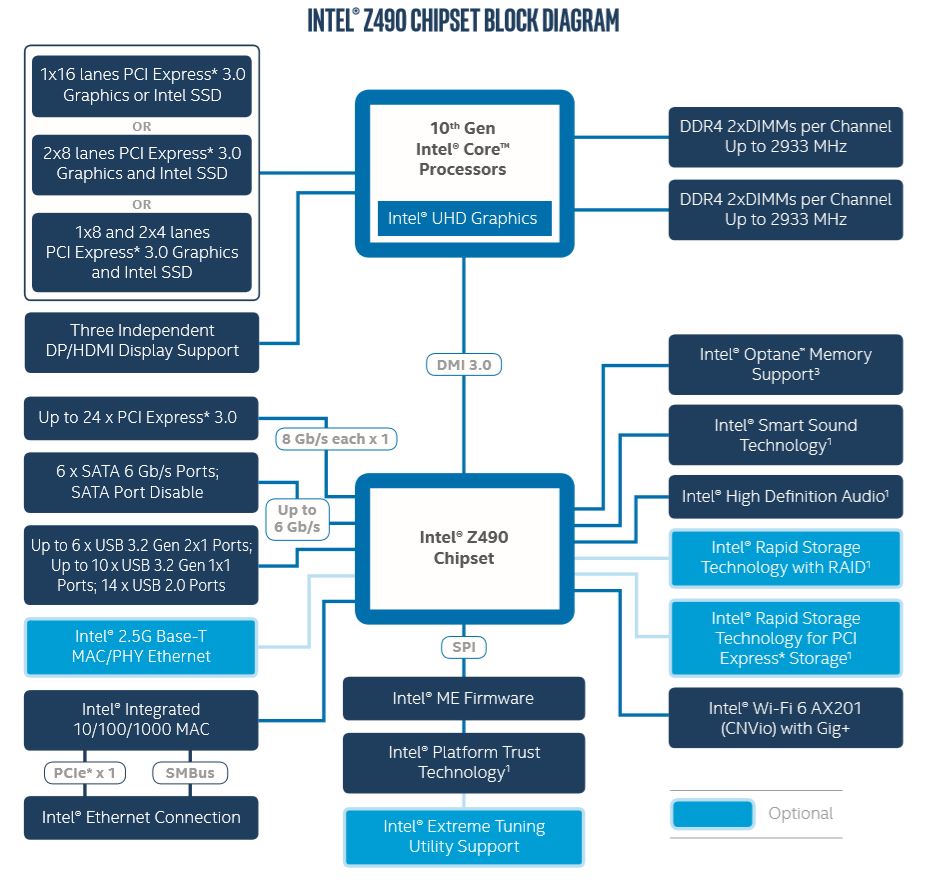Today we’ll be taking a look at the ASUS ProArt Z490 Creator 10G motherboard but let’s talk about this term first: Content creator. It’s a word handily thrown around these days, we take it as part of every day. From a business perspective, it’s an all-encompassing terms for multimedia artist from the entire spectrum whether freelance of corporate in-house. The fact of the matter is they most deal with computers and with digital content dealing with either large video formats or high-resolution images, these multimedia professionals require a more distinct solution for their use. Now, for all intents and purposes, ASUS ROG has catered to the majority of these folks for a long time now as the lineup often brings with it the niceties of high-speed connectivities and whatnot, but with the introduction of the ASUS ProArt line, that changes with ASUS offering their first content creator-specific motherboard.

The ASUS ProArt Z490 Creator 10G is ASUS’ first ProArt DIY-market product obviously aimed at consumers that want something more specialized. Of course, as a motherboard, there’s really not a lot it can be specific about in terms of what it does but i does include the connectivity option that was previously only via daughter cards or onboard on more expensive HEDT options. The Z490 Creator 10G’s most notable inclusion is the built-in Thunderbolt3 ports. ASUS did a good job on being lowkey on this that we missed on the unboxing. Other than that, WIFI 6 and 10G LAN, hopes to improve workflows for some who have the infrastructure but Thunderbolt3 as well as the rich USB3.x and M.2 options make this board a fast I/O hub and ASUS hopes to capitalize on that to attract professionals.
Read on to find out more about the ProArt Z490 Creator 10G. Let’s begin!
Intel 400 series Chipset – Z490

Let’s be honest Intel, I’d usually do a full breakdown of the chipset for this generation but truth be told, it’s pretty much the Z390 with WIFI6 and LGA1200 socket. Intel cites that the new motherboards required a new power configuration hence the new socket but then again, that’s for the socket, the chipset itself is left with just WIFI6. Intel could’ve released second-gen Z390 but it wouldn’t make motherboard makers happy, would it? For motherboard makers though, they have full freedom to explore newer power implementations. With experience from AMD’s high core-count chips, the Z490 should inherit a lot from the X570 of last-generation in the power delivery side and have some space to play around with the features.
| Intel Z390, B460, Z370 and Z270 Chipset Comparison | ||||
| Feature | Z490 | B460 | Z390 | Z370 |
| Max PCH PCIe 3.0 Lanes | 24 | 24 | 24 | 24 |
| Max USB 3.1 (Gen2/Gen1) | 6/10 | ? | 6/10 | 0/10 |
| Total USB | ? | ? | 14 | 14 |
| Max SATA Ports | 6 | 6 | 6 | 6 |
| PCIe Config | x16 x8/x8 x8/x8/+4 |
x16 x8/x8 x8/x8/+4 |
x16 x8/x8 x8/x4/+4 |
x16 x8/x8 x8/x4/+4 |
| Memory Channels (Dual) | 2/2 | 2/2 | 2/2 | 2/2 |
| Intel Optane Memory Support | Y | ? | Y | Y |
| Intel Rapid Storage Technology (RST) | Y | ? | Y | Y |
| Max Rapid Storage Technology Ports | 3 | ? | 3 | 3 |
| Integrated WiFi MAC | Wi-Fi 6 | Wi-Fi 6 | Wi-Fi 5 | N |
| Intel Smart Sound | Y | ? | Y | Y |
| Integrated SDXC (SDA 3.0) Support | ? | ? | Y | N |
| DMI | 3.0 | 3.0 | 3.0 | 3.0 |
| Overclocking Support | Y | N | Y | Y |
| Intel vPro | ? | ? | N | N |
| Max HSIO Lanes | 30 | ? | 30 | 30 |
| Intel Smart Sound | ? | ? | Y | Y |
| ME Firmware | 14 | 14 | 12 | 11 |
Table courtesy of Anandtech


